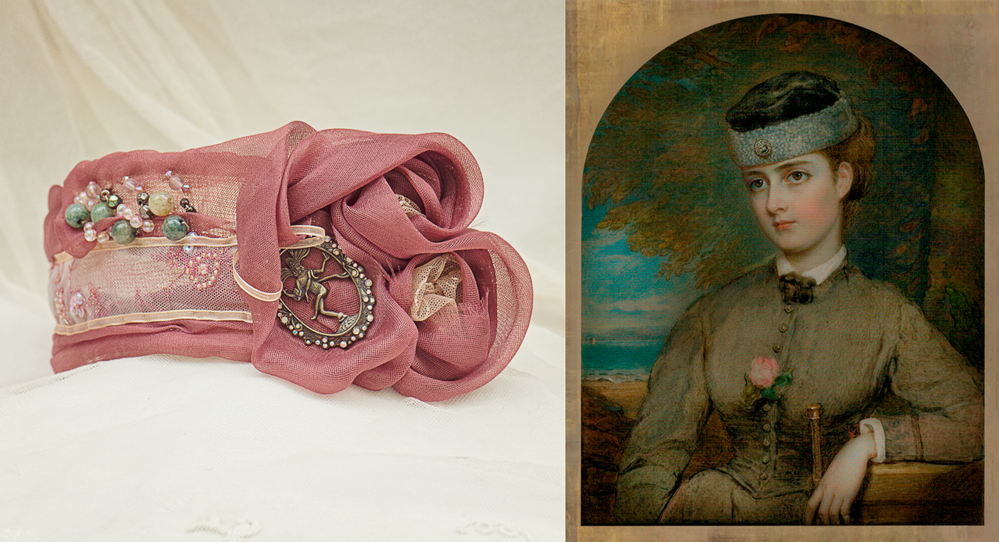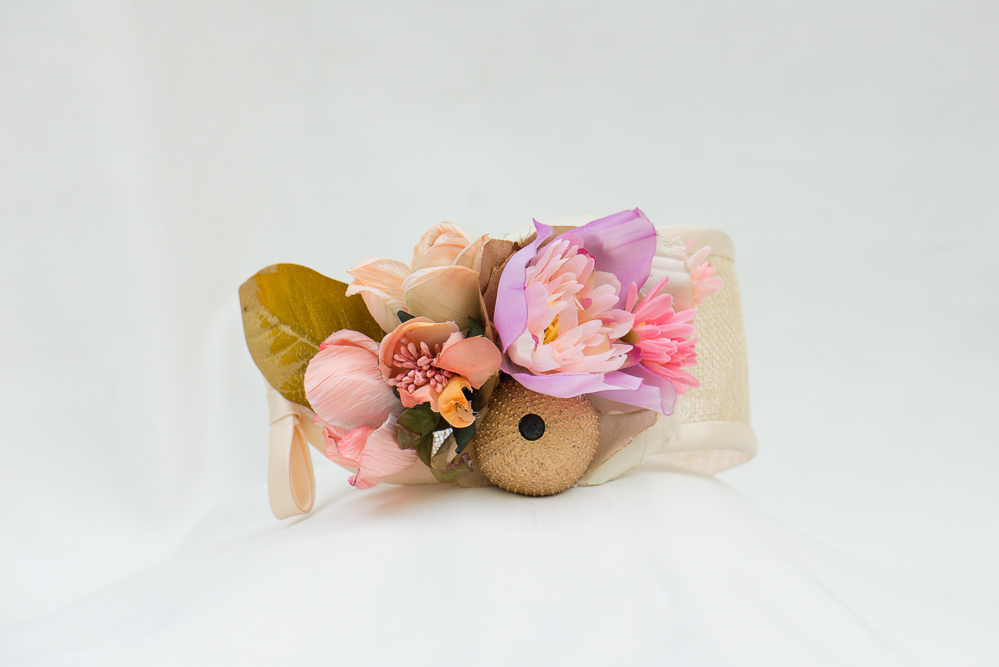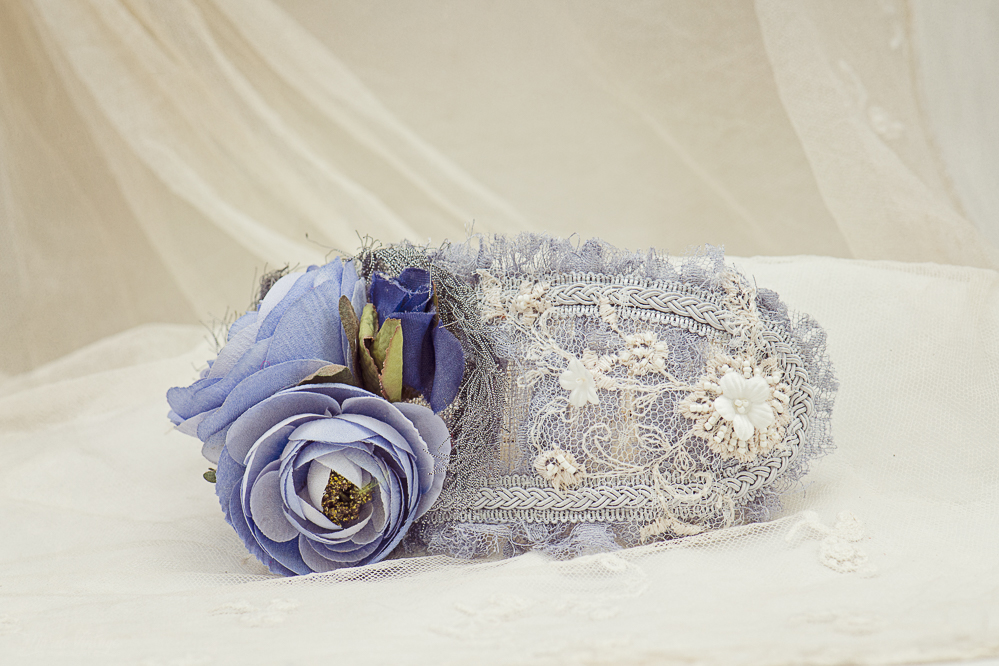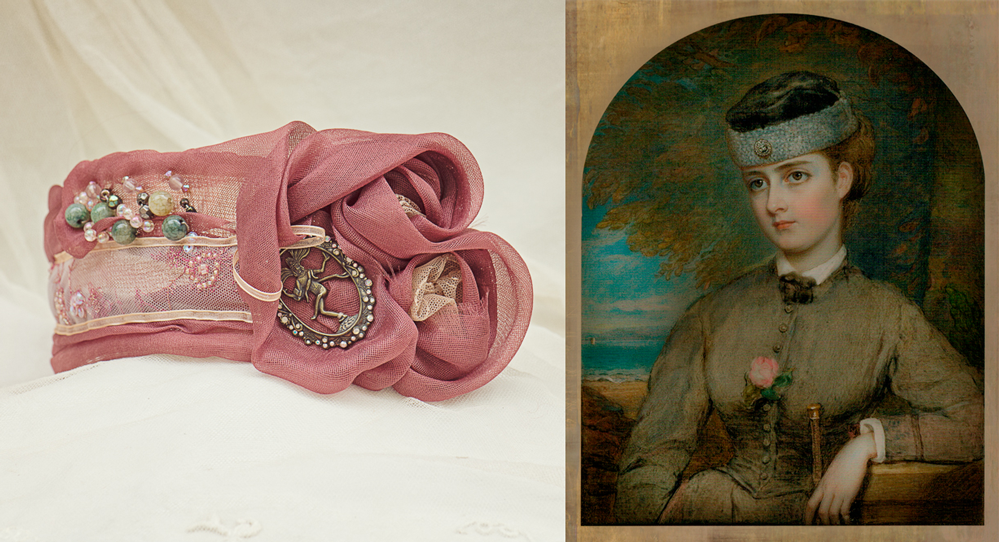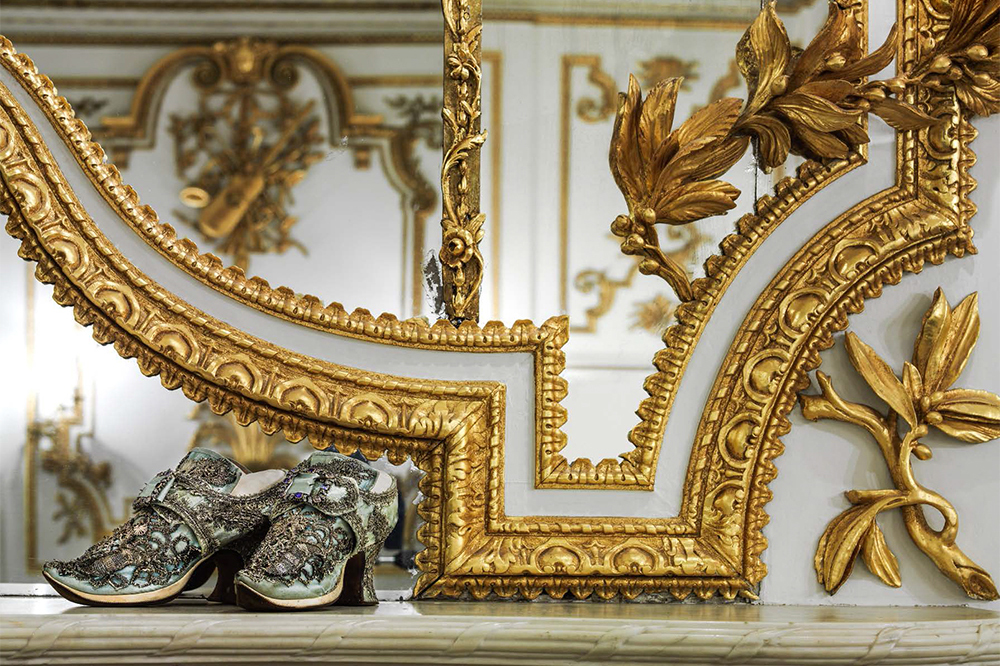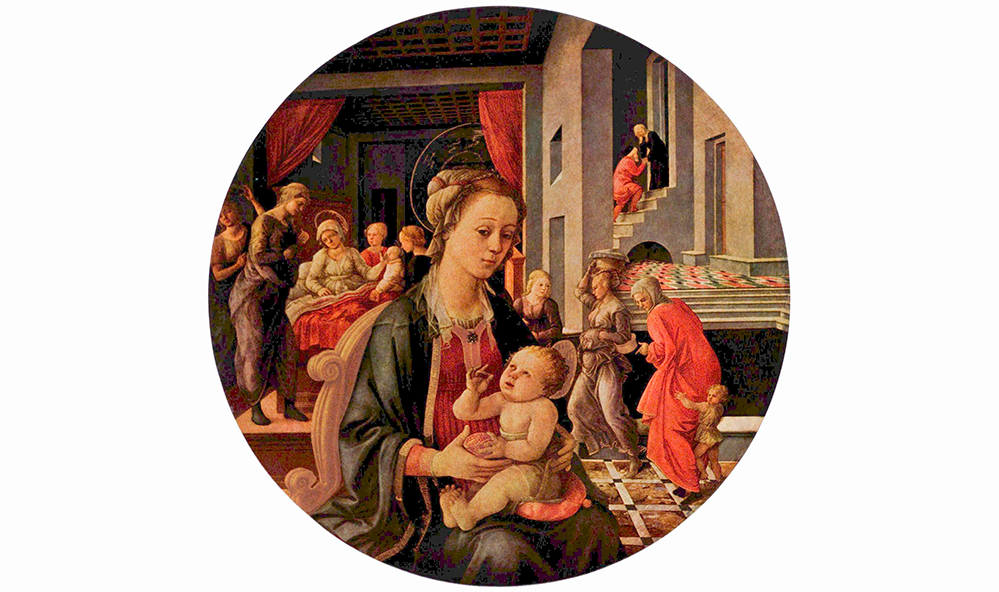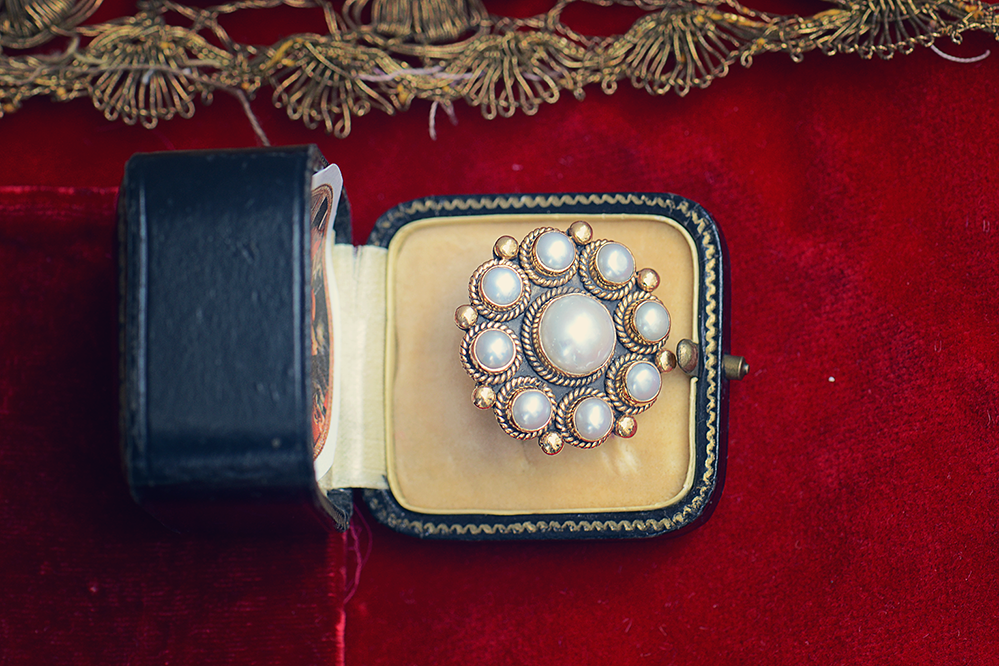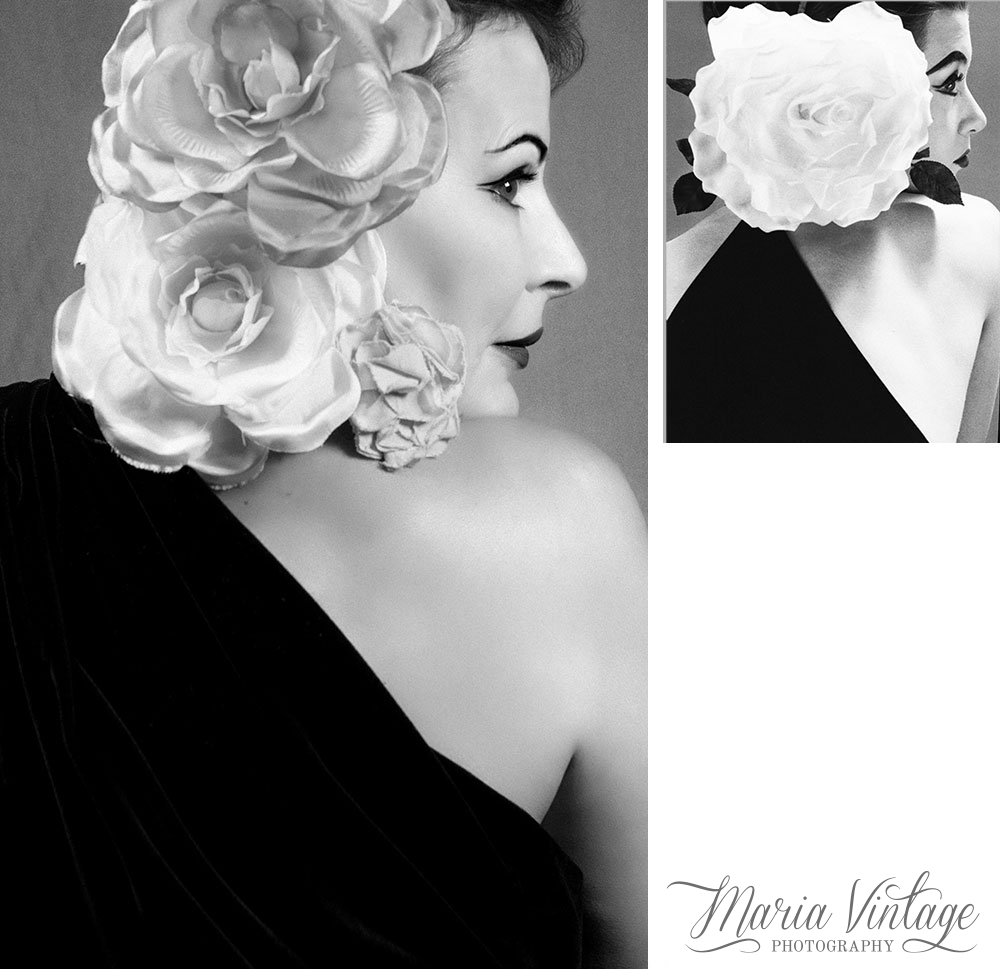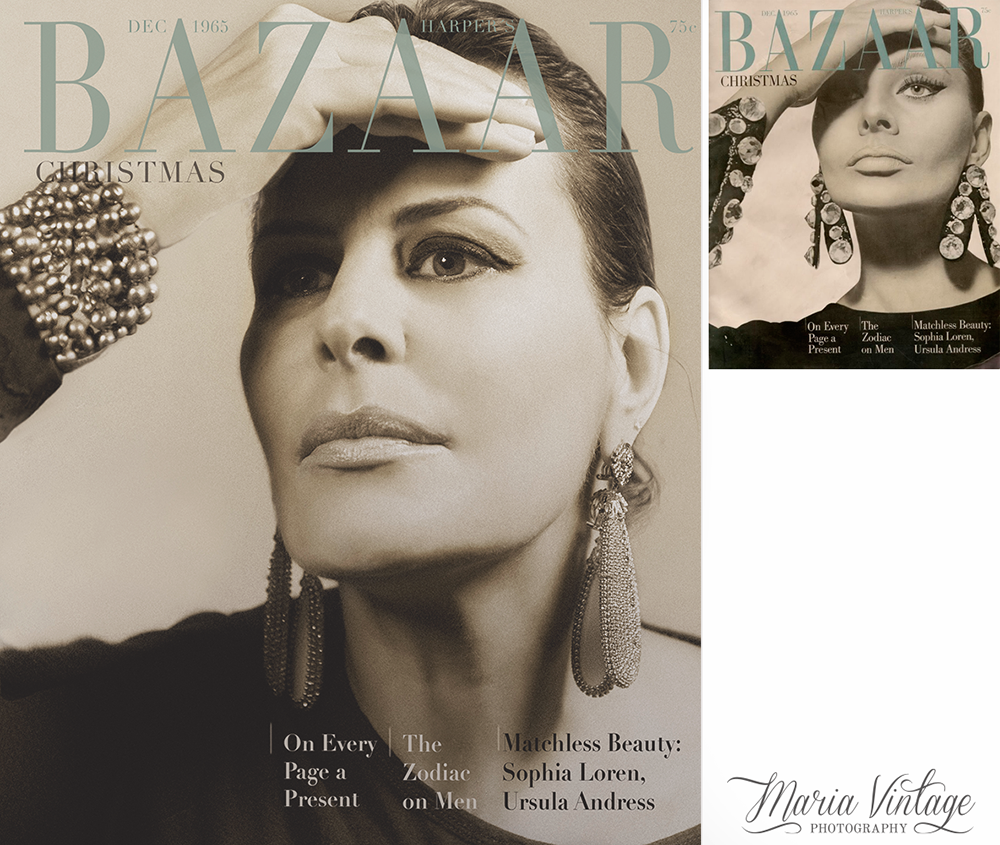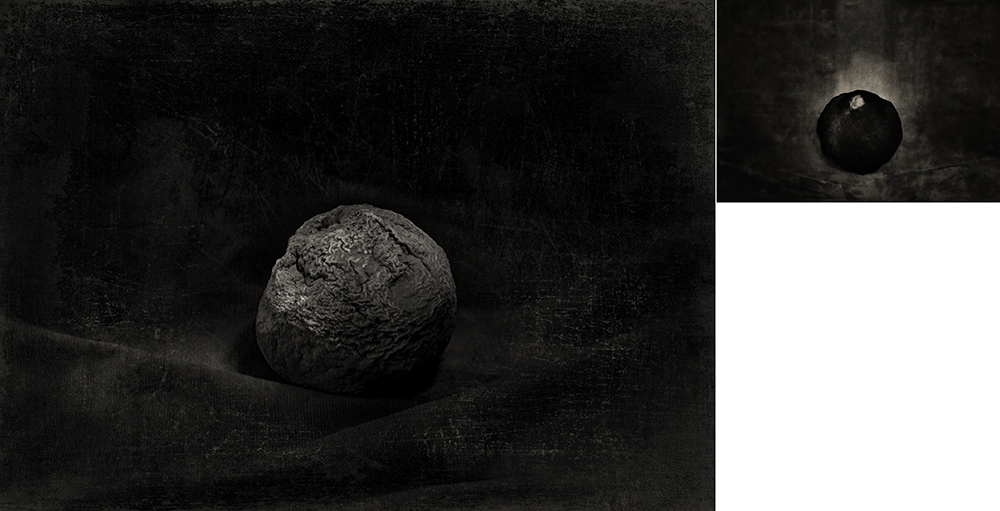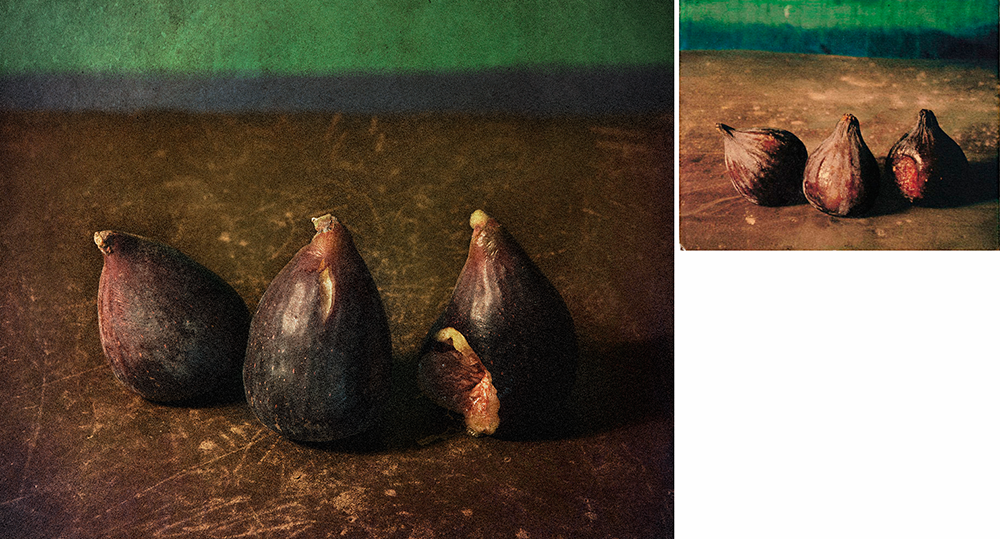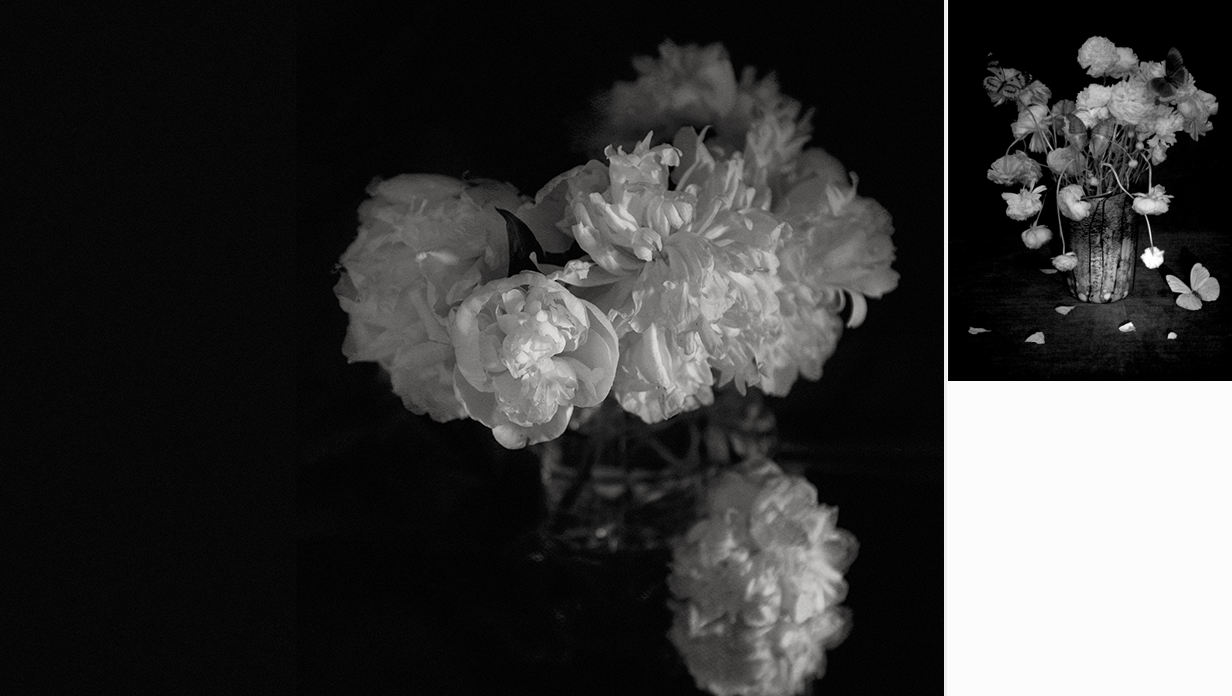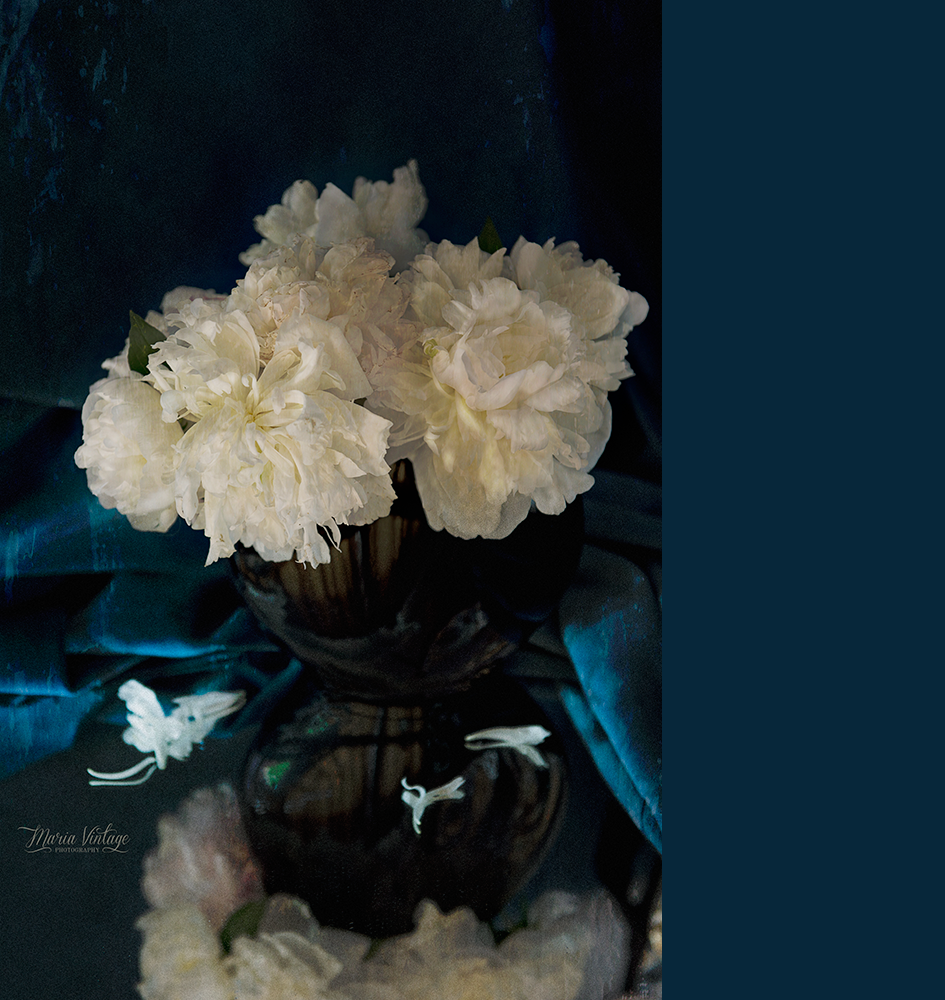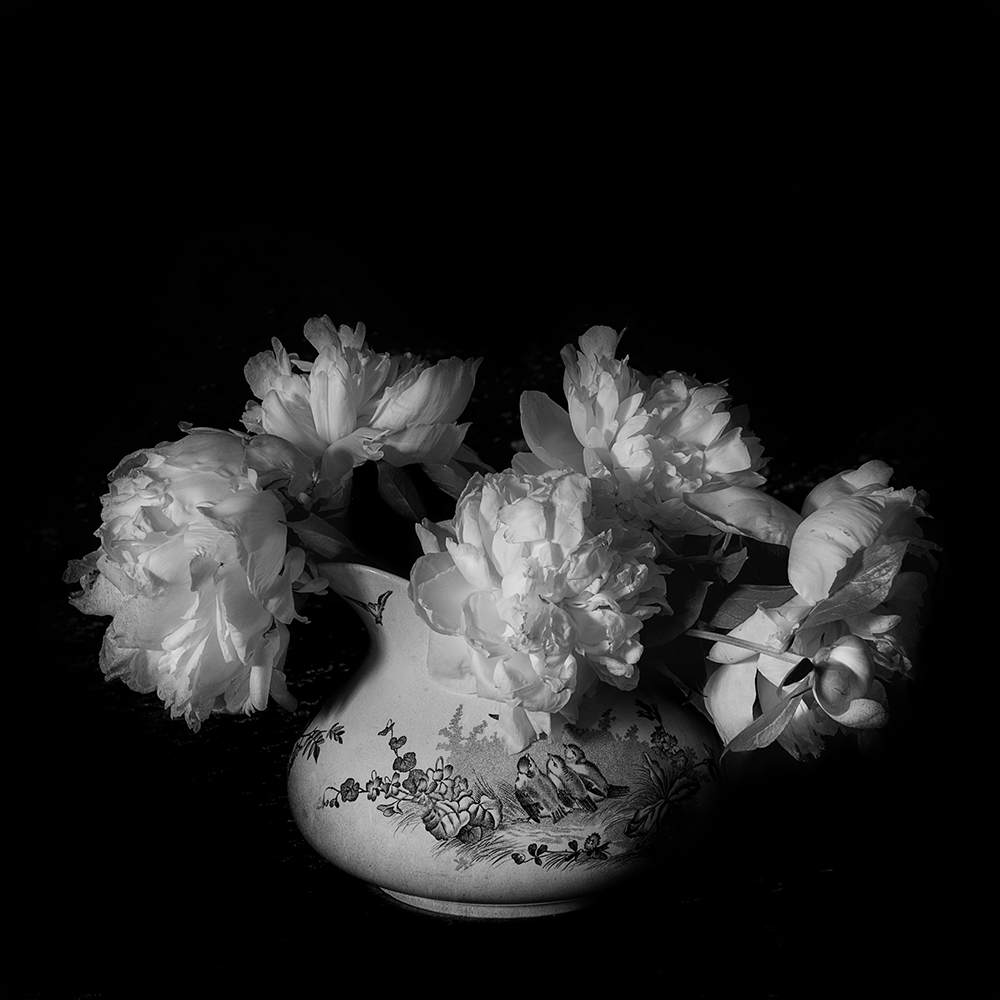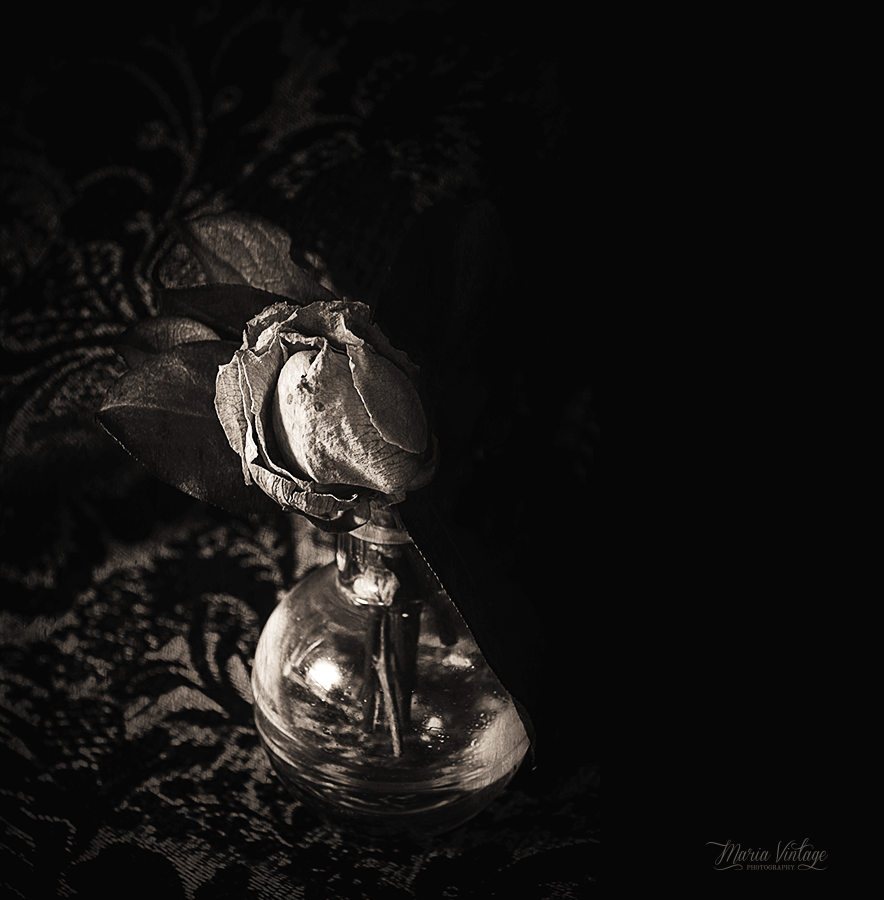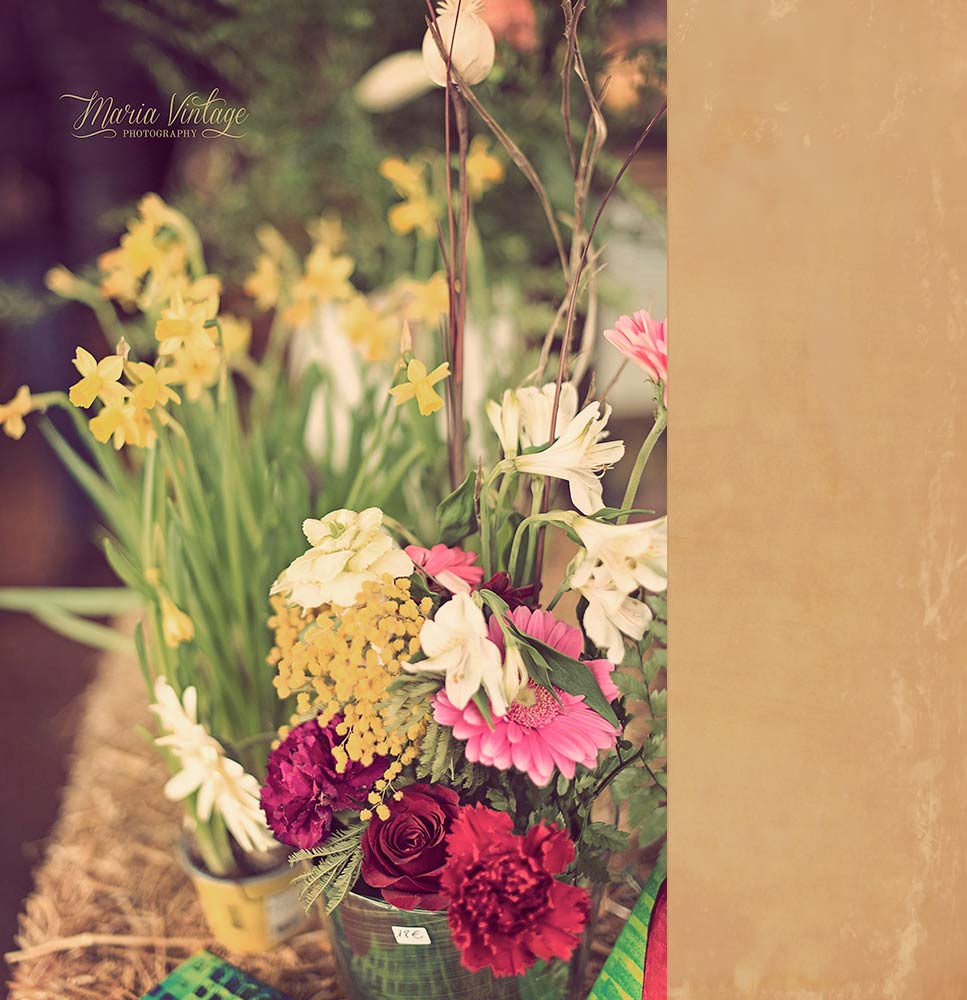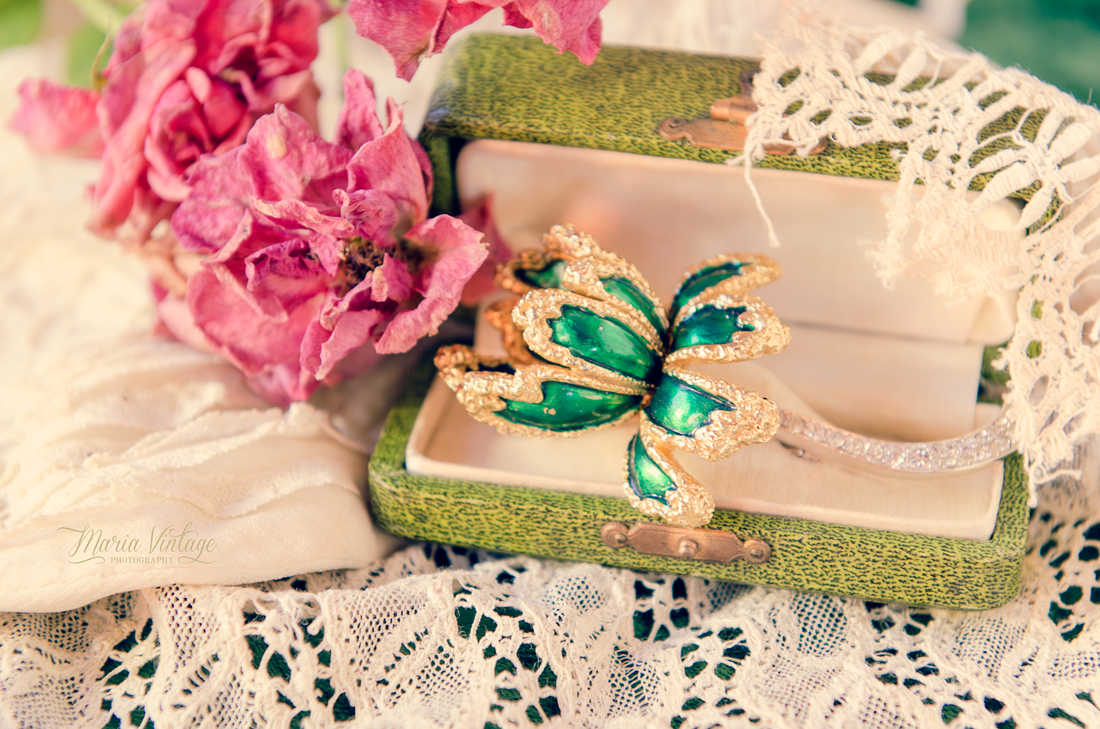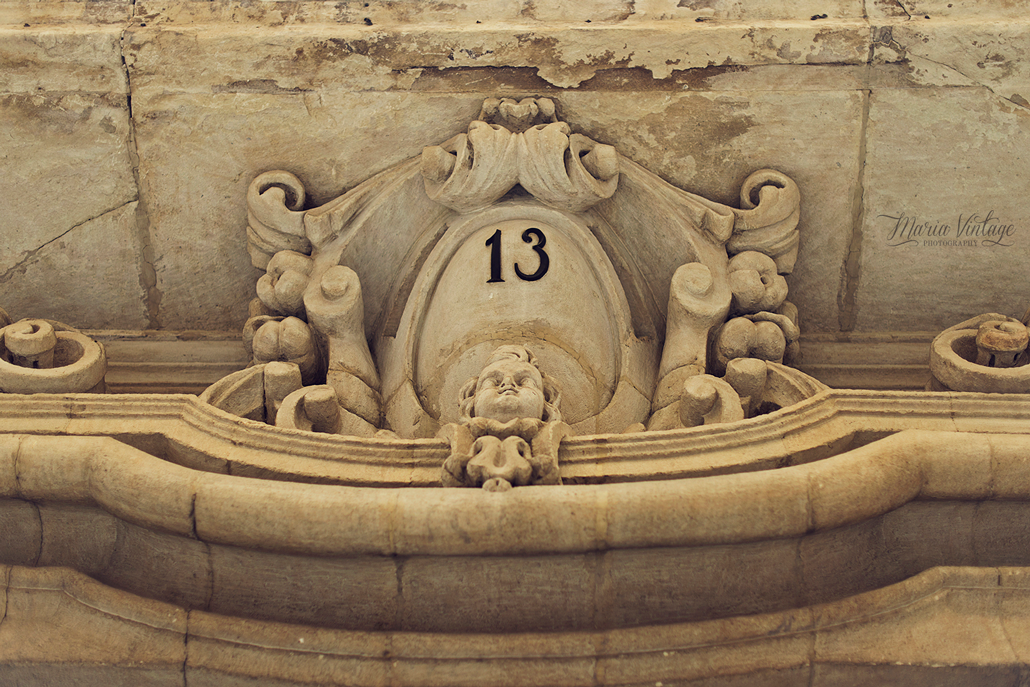Back in the beginning of the 20th century, a powerful member of the royalty met a really beautiful – but modest origins- lady. He fell in love with her almost inmediately. Without much hesitation, he asked her to marry him. So far, this looks like the typical story through the years, but in this case, to Anita Delgado (born in Malaga in 1890) was not fiction, but the summary of her life.
When she still was young, she left her job as a singer in Madrid to get married to the maharajah of Capurthala. Anita was a “cupletista” for a living (kind of traditional singer in Spain). She used to work with her sister. Both were the duet “Camelias Sisters”. Back then she was only 16, but her life radically changed soon enough.
During the King Alfonso the 13th got married, she was hired as a singer. The rajah saw her on his way to the Royal Palace. To him it was a first sight love. According to Elisa Vázquez, princess of Kapurthala’s biographer, the maharajah arrived in an impressive carriage, wearing plenty of jewelry and a turban. But he couldn’t look apart from Anita. After just a few days, one of his assistants came with a petition of marriage. He asked her to go to Paris together with her family to plan the wedding.
She said yes. The scenerio, the French capital became this way into part of this amazing story. It was there where they got married before they moved to Bombay, the trip of her life. The fact that the maharajah already had others wives and sons didn’t matter to Anita.
After the wedding, she oficially was titled the first wife. The couple – that used to frequently travel to Europe – was always followed and admired by photographers of the time.
Anita had a boy, Ajit, and she was living a life of royal parties, receptions, trips and a very strict protocol. The many pictures of the time show a very elegant woman with a remarkable look.
Over those years, the Spanish princess wrote a diary that finally was published: The impressions of my trips to India. Her sister’s death (she still was very close to her) and many health issues – including a miscarriage and a long convalescence far from her husband – ruined what seemed to be a perfect life.
Anita ended up separating from the maharajah and came back to Europe. Over there, she had a very hectic social life, always in touch with intelectuals and celebrities until the II World War.
Anita spent the rest of her days with Gines Rodriguez, who she met many years before when she still lived in Malaga. She always wanted to write her memories, but death came in 1962 and she couldn’t make it.
The legacy of her memos, photos, missives and other documents went to her niece Victoria, who trust Elisa Vazquez to be the oficial biographer of Anita’s life. Her fascinating life has also inpired the writer Javier Moro, author of Indian Passion.
